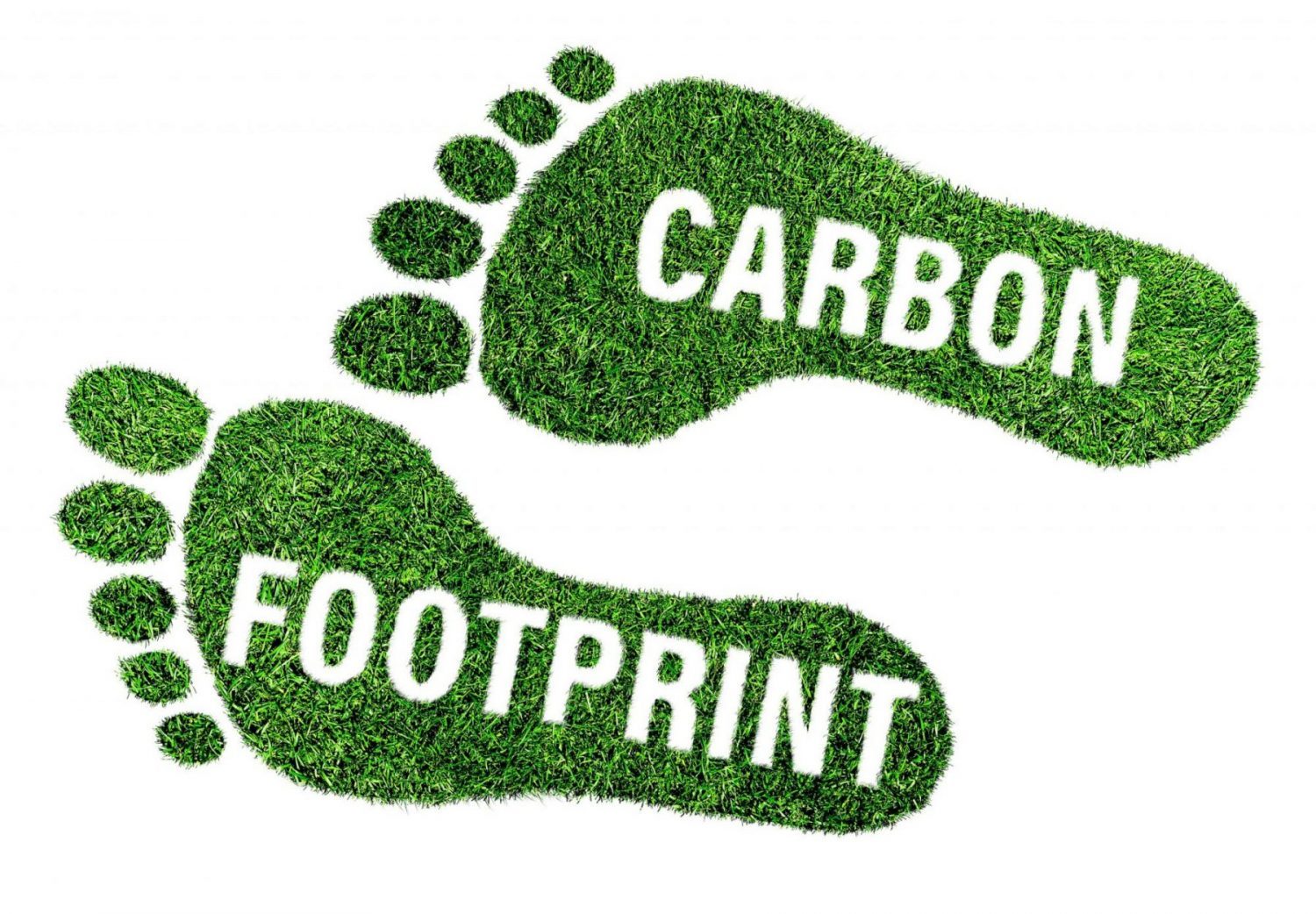Measuring and managing operational emissions
Are you concerned about the slow progress towards our global emissions targets? Want your business to do more to reduce its carbon footprint?
No matter how big or small your business, every company emits greenhouse gases that contribute to global warming. Therefore, everyone has a part to play in monitoring and reducing their production of carbon.
Understandably, based on volume and scale, different companies have varying levels of impact on the planet. Sometimes, despite all the best efforts to reduce, reuse, and recycle in business operations, there’s still a portion of carbon that cannot be managed through purposeful changes. In these cases, carbon offsetting could be an option.
To help small businesses navigate how to measure, strategies, and reduce their current carbon footprint, we’ve developed a stepped approach to define reduction goals and set out some sustainability actions you can start right now.
-
- Measure your impact
The first step along the journey is to understand what carbon emissions your business currently generates by reviewing your annual emissions from the previous 12 months.
The main contributors to a small business’ carbon footprint are waste, transport and energy, and numerous things fall within these categories. Audit and assess any non-compostable product packaging you’re using, the fuel consumed while shipping goods through the supply chain, and the electricity and power expended when producing goods or within an office setting. Equip yourself with the means and understanding to evaluate your business operations and pinpoint where reductions can be made.
There are sustainability agencies and tools, such as the carbon footprint calculator, that can help you identify and audit your organisation’s current level of impact.
2. Put reduction strategies in place
While we all want to change the world in a day, it’s important to be realistic with the carbon reduction and climate goals you set for your business. Like any ambition, carbon reduction objectives should be measurable and achievable. It can help to break a big goal down into smaller milestones to create a feeling of momentum and accomplishment.
Set guidelines for success by gathering industry benchmarks; this allows you to compare your efforts to other businesses of a similar size in your field.
After establishing your carbon reduction strategy, the next step is integrating it into your company’s internal policy and communicating to your employees. Continue to track your progress over time and provide regular updates and success markers to keep people on the journey.
Finally, engage with the broader community by going public with your goals. Posting on your website or the organisation’s social media accounts will keep you focused and accountable to the goals you’ve set.
3. Explore offsetting options
While minimising your carbon output is always the best policy for maintaining a sustainable business, even after optimising your packaging, supply chain and energy usage, you may find that further compensations are needed to reduce your footprint.
Carbon offsetting is a system that lets companies purchase credits to negate the carbon dioxide they create. The ‘offsets’ generally come in an environmental program that protects existing trees and plants new ones to remove carbon from the air.
In this way, it’s possible to purchase carbon offsets to counterbalance your impact on the planet. There are a variety of carbon marketplaces that can calculate and offset emissions. If you’re going down this path, look for a well-known organisation with third-party certification.
While every company’s approach to sustainable operations is different, it’s critical to start on that journey now rather than wait any longer. Regardless of where your business is at present, reviewing your carbon emissions is a positive step toward responsible operations and will assist in future-proofing your business.




